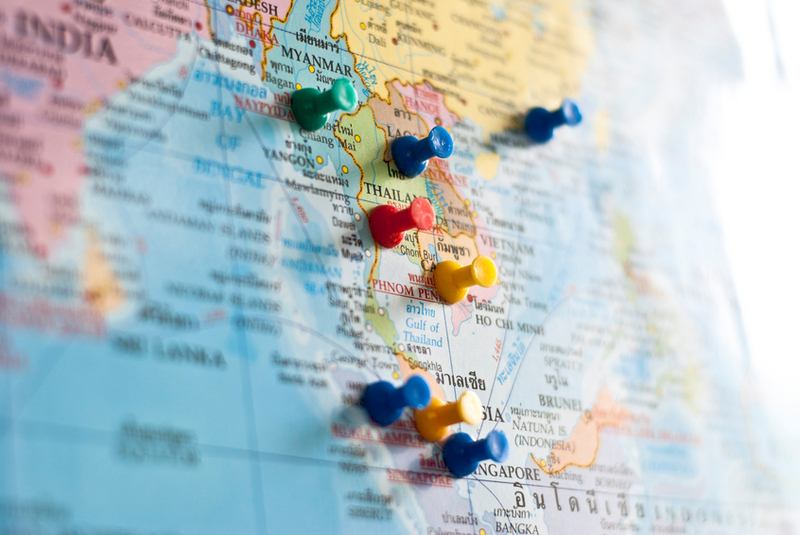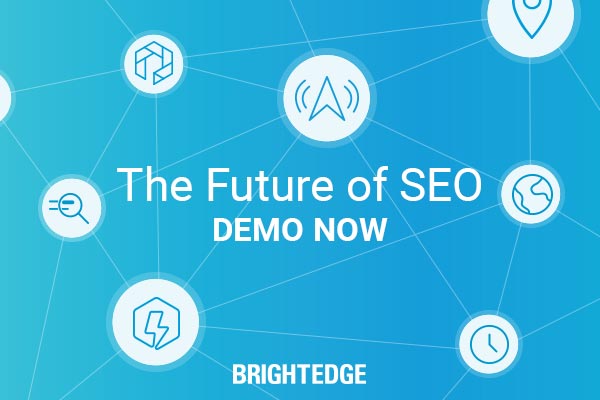What is a Content Map For Web Designs?
Why is a content map relevant?
When you create a content map for your website, you line it up with your ideal customer personas and their buyer’s journeys. In other words, you imagine each of your personas as a real person, slowly moving from their discovery of a problem until they determine a solution and officially convert into a customer.
By deeply understanding the pain points experienced by customers, and therefore the types of information they are seeking, you can align your content at each stage.
How do I plan my website's content map?
By creating a map for your content, you are able to clearly see how your content aligns with the buyer’s journey that you are targeting. Any gaps in your content production process will become apparent. You will also be able to plan your editorial calendar and future content strategies based on your identified weaknesses.
To begin, you'll need to know your audience. Create content that engages readers and keeps them discovering more throughout the rest of your site. You'll also want to storytell and evaluate whether or not your current copy is for your market or if it should be rewritten. Part of writing content and creating a map for it is to write for people and not search engines. This will not only give your target audience a better user experience and keep them coming to your site, but it will also help your SEO efforts. Google is evolving and the search engine giant is now able to read natural language.
How do I create a successful content map?
Content mapping can help brands understand how well their efforts are satisfying the needs of their prospects and where gaps exist. Use these steps to assess the effectiveness of your content while you create a map:
- Develop strong and thorough buyer personas. You want to make sure that you understand the pain points and motivations of your customer targets.
- Take your buyer personas and plot their buyer’s journeys. Start with their initial realization that they have a problem, through their research stages, and to the conclusion when they make the decision to become a customer. Using your personas, along with a careful examination of traffic patterns on your own site, determine the topics and types of content that people are most likely to be interested in at each stage.
- Lay out your existing content to these journeys for the different buyer personas.
- Analyze the distribution of your different types of content. Look for gaps in your content creation and make sure that you focus most of your creation efforts on the beginning of the buyer’s journey. Your content should mimic the journey of your customers, with the highest numbers at the beginning and tapering off at each stage.
- Use keyword research and the BrightEdge Data Cube to start finding ideas to fill in the rest of the buyer’s journeys.
Why is a content map relevant?
When you create a content map for your website, you line it up with your ideal customer personas and their buyer’s journeys. In other words, you imagine each of your personas as a real person, slowly moving from their discovery of a problem until they determine a solution and officially convert into a customer.
By deeply understanding the pain points experienced by customers, and therefore the types of information they are seeking, you can align your content at each stage.
How do I plan my website's content map?
By creating a map for your content, you are able to clearly see how your content aligns with the buyer’s journey that you are targeting. Any gaps in your content production process will become apparent. You will also be able to plan your editorial calendar and future content strategies based on your identified weaknesses.
To begin, you'll need to know your audience. Create content that engages readers and keeps them discovering more throughout the rest of your site. You'll also want to storytell and evaluate whether or not your current copy is for your market or if it should be rewritten. Part of writing content and creating a map for it is to write for people and not search engines. This will not only give your target audience a better user experience and keep them coming to your site, but it will also help your SEO efforts. Google is evolving and the search engine giant is now able to read natural language.
How do I create a successful content map?
Content mapping can help brands understand how well their efforts are satisfying the needs of their prospects and where gaps exist. Use these steps to assess the effectiveness of your content while you create a map:
- Develop strong and thorough buyer personas. You want to make sure that you understand the pain points and motivations of your customer targets.
- Take your buyer personas and plot their buyer’s journeys. Start with their initial realization that they have a problem, through their research stages, and to the conclusion when they make the decision to become a customer. Using your personas, along with a careful examination of traffic patterns on your own site, determine the topics and types of content that people are most likely to be interested in at each stage.
- Lay out your existing content to these journeys for the different buyer personas.
- Analyze the distribution of your different types of content. Look for gaps in your content creation and make sure that you focus most of your creation efforts on the beginning of the buyer’s journey. Your content should mimic the journey of your customers, with the highest numbers at the beginning and tapering off at each stage.
- Use keyword research and the BrightEdge Data Cube to start finding ideas to fill in the rest of the buyer’s journeys.
